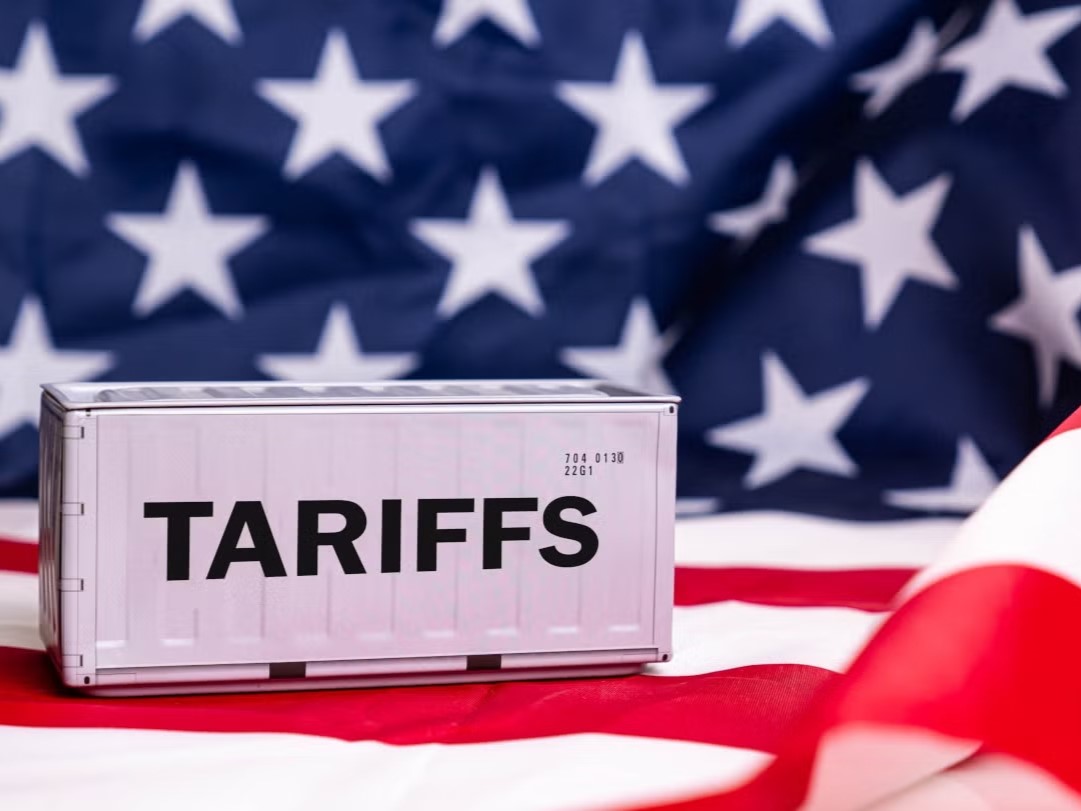

BY: We the Italians Editorial Staff
A letter sent on Saturday, July 12, by former President Donald Trump to European Commission President Ursula von der Leyen has rattled Italy’s business world. In it, Trump announced a steep 30% tariff on all European imports starting August 1, sending shockwaves through Italy’s export-driven economy. The response from Italian manufacturers was swift—and deeply concerned.
Some are calling it a “sledgehammer,” others a “knockout punch” or even an “act of economic warfare.” At the very least, the tariff hike is being seen as a serious threat to one of Italy’s most vital trade relationships. Roughly 44,000 Italian companies export goods to the U.S., and many of them spent the weekend scrambling to push through last-minute orders before the tariffs take effect.
Despite recent headwinds—including a weakening dollar and prior tariff increases—Italian exports to the U.S. have been booming. In May alone, Italy reported a $3.1 billion trade surplus with the U.S., contributing to a $17.4 billion surplus over the first five months of 2025. Nearly 90% of Italy’s total trade surplus this year comes from its relationship with America. Exports of Italian pharmaceuticals, food, and wine saw particularly strong growth—all categories that now face steep tariff increases (up to 17% for food, and as high as 200% for some drugs).
If implemented across the board, the 30% tariffs could slash Italy’s total exports by $38 billion—exports totaled about $675 billion in 2024. Heavily impacted sectors would include pharmaceuticals, automotive, shipbuilding, industrial machinery, refined petroleum, fashion, eyewear, furniture, and food and wine.
Some Italian regions are more vulnerable than others. Sardinia and Sicily rely heavily on exports of refined petroleum, while Molise depends on auto parts and food production. With limited product diversification, these regions face outsized risks in a U.S.-led trade war. According to a recent Confindustria report, even with just a 10% tariff and dollar devaluation, Italian exports to the U.S. could drop by $22 billion, while global exports could fall another $44 billion. That would translate to a GDP loss of 0.3% in 2025 and 0.5% in 2026—along with significant job losses.
Still, some hold out hope. The Bank of Italy notes that 43% of Italian exports to the U.S. are high-end goods—luxury items, fashion, gourmet food—which may prove harder to replace. But for now, the threat looms large. Coldiretti, Italy’s main agricultural association, estimates that U.S. tariffs could cost Italian food exporters $2.5 billion, putting major pressure on sectors like wine, dairy, and cured meats.
The potential damage is staggering. A full 30% tariff could shave $10 billion off Italy’s GDP and wipe out $16 billion in exports. The blow to employment could be devastating—up to 178,000 jobs lost, including 16,000 in southern Italy. High tariffs would especially hurt dynamic, export-focused sectors in the South like pharmaceuticals, electronics, and high-quality food production. Southern Italy, which only recently began recovering from years of industrial decline, risks losing its fragile gains.
For example, Grana Padano cheese could soon cost over $50 per kilo in the U.S., pricing it out of the market. Italian wines would face similar fates, with 80% of current exports no longer viable. And pharmaceutical firms stand to lose over $4 billion in business, potentially triggering shortages and insurance cost hikes in the U.S.
Fashion and machinery—two pillars of Italian industry—are also at risk. Italian textile and apparel exports to the U.S. totaled $3 billion in 2024, making America the third-largest market for the sector. Meanwhile, metalworking firms face indirect impacts, as many export through larger European companies also hurt by U.S. tariffs.
In 2024, the U.S. was Italy’s second-largest export market, accounting for nearly 10% of its total foreign sales. As trade tensions rise, regions with less export diversity—especially Sardinia, Molise, and Sicily—are especially exposed.
Small and medium-sized businesses, too, are sounding the alarm. Confartigianato reports that these companies exported nearly $19 billion to the U.S. last year, and many fear the worst is yet to come. As tariff threats rise, so does the risk of counterfeit products flooding the market—an issue already valued at $43 billion. Coldiretti warns that if the new tariffs go into effect, many Italian staples could see duties between 35% and 45%, choking off one of Italy’s most important sources of global identity and revenue.
You may be interested
-
Italian auto supplier Brembo to build new U....
Italian brakes maker Brembo will build a new foundry in Michigan to expand its manufacturi...
-
'A small New York': Palm Beach to become home...
Miami-born and Italy-raised, jewelry designer and accomplished equestrian Lucrezia Buccell...
-
'Alessi 100-001' celebrates 100 years of Ales...
Iconic Italian design brand Alessi is celebrating its centennial with an exhibition titled...
-
'Be Italian' fa viaggiare l'America nell'Ital...
Conto alla rovescia per Be Italian, il nuovo salone organizzato da Lombardia Fiere dedicat...
-
'Call Me By Your Name' director Luca Guadagni...
Filmmaker Luca Guadagnino revealed in a recent interview that he has no immediate plans to...
-
'Entire' Italy spirits sector at risk from US...
The "entire" Italy spirits and liqueurs sector is at risk from US tariffs, wine and spirit...
-
'Lamborghini: 60 Years' Looks Back at the Bra...
Veteran British automotive journalist, and author, Stuart Codling has been covering the wo...
-
'Mammalucchi': The Venetian pastry delicacy c...
Lovers of the Venice Carnival know it means masks and costumes, but also tasty delicacies...










